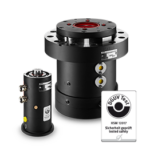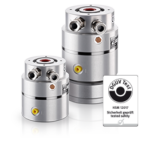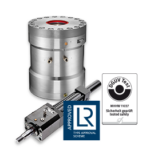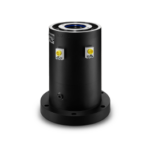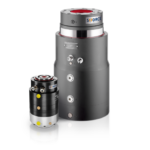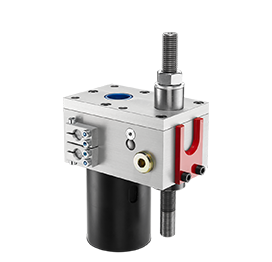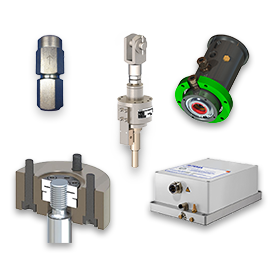
A BIG PIECE OF
SAFETY

A strong brand for a unique technology
The proven self-intensifying clamping technology has made a name for itself around the world. This recognition allows us to ensure transparency on the market for clamping devices and linear brakes. SiForce Technology is not just about safety, but also relates to the principle of self-intensifying force.
Optimal safety for people and machinery
Self-intensifying clamping is used mainly to provide unrivalled safety for machinery, and above all persons, around the world by reliably securing large axial forces and loads. Besides absolute reliability, quality and the associated longevity of the clamping heads are the top priorities.
Advantages at a glance
- Release under load is impossible, thereby ensuring safety against unintentional release.
- As long as the closed clamping system is unloaded (secured state), simply pressurizing it is enough to release it (no need to raise the load).
- The loaded clamping head can be released (e.g., after an emergency stop) only after the clamping head has been relieved. Safe load transfer to another system (such as the drive) is therefore automatically ensured. Simply lifting the load is enough to relieve it; no additional force (no “reversing/ retracting”) is necessary.
- Consequently, release is also gentle when used on cylinders.
- Moving upwards is always possible, e.g., to free a trapped person, even when the clamp is closed.
- The clamping system is loaded only when this is really necessary.
- This ensures a long service life (B10D values up to 6 million).
- Safety factor > 2 built in.
- Loads up to 220 kN can be secured pneumatically as well.
The individual points are explained below.
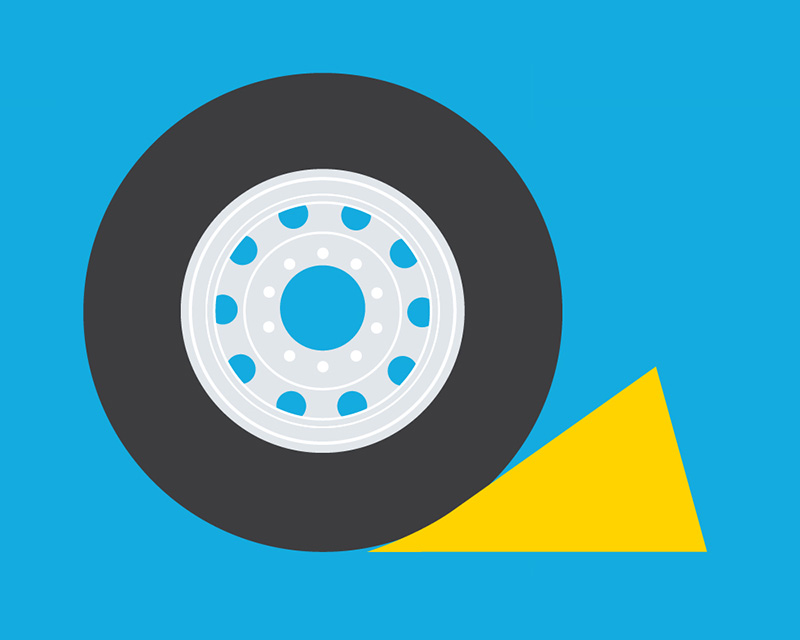
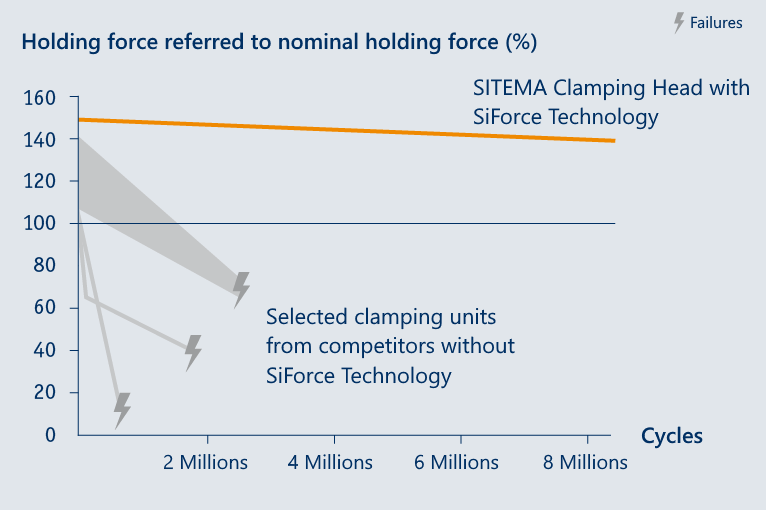
Long service life
Conventional spring-actuated clamping units without SiForce Technology generate the holding forces by cup springs or helical springs pressing the clamping system against the clamping rod. This force does not change, and it depends exclusively on the springs. Each time the clamping is activated, the full holding force, and therefore the full wear, acts on it.
Self-intensifying clamping with SiForce Technology also involves springs, but the springs exert far less force compared to the holding force and are used only to move the clamping system reliably to the proper position. They are not involved in producing the holding force. The securing function consequently requires hardly any loads on the clamping system, and load transfer loads it only in accordance with the weight. Clamping heads with SiForce Technology therefore achieve a much longer service life compared to spring-actuated clamping systems without it.
Compact design
Since they dispense with large spring packs, clamping heads with SiForce Technology are very compact. Example: To secure a load of 6 tons with a safety factor > 2, a conventional spring-actuated unit without SiForce Technology would have to measure approx. 220 mm in diameter with a length of approx. 315 mm. The SiForce Clamping Head (the SITEMA Safety Catcher KR 56, for example) is much smaller: only 140 mm in diameter with a length of 262 mm!
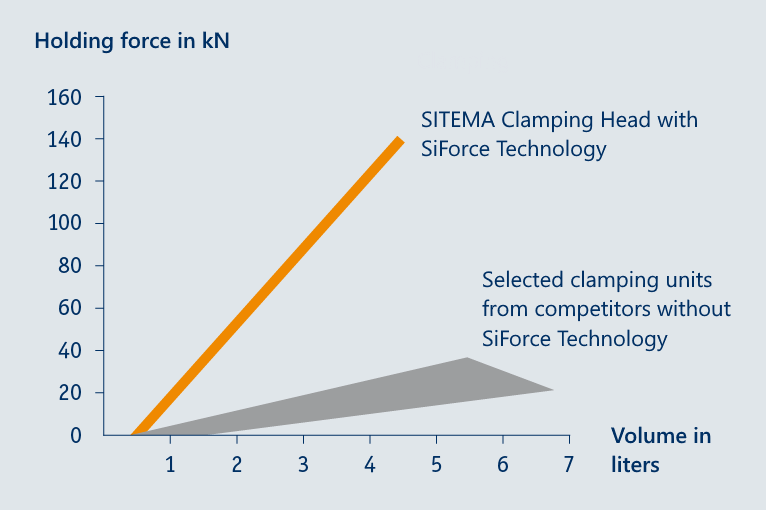

Strong as an elephant even when pneumatically actuated
Opening and holding open a spring-actuated linear brake without SiForce Technology always requires overcoming the full spring force, limiting the holding forces for pneumatic actuation to relatively low values with this functional principle.
With SiForce Technology, the release pressure must overcome only the relatively light weight of the conical or wedge-shaped clamping system and the very small force of the springs that position the clamping system. This allows SITEMA Safety Catchers with SiForce Technology to support loads up to 22 tons purely pneumatically.
Safety factor
An admissible load applies to our approved SITEMA Clamping Heads with SiForce Technology (Safety Catchers and Safety Brakes). DGUV approval requires a safety factor of 2 with regard to the guaranteed minimum Holding force. This means that they must withstand twice the nominal load.
SITEMA’s internal standards call for a much higher safety factor. For example, a SITEMA KR 40 or KRP 40 Safety Catcher with SiForce Technology and a nominal load of 3.3 tons provides an actual holding force in excess of 10 tons!
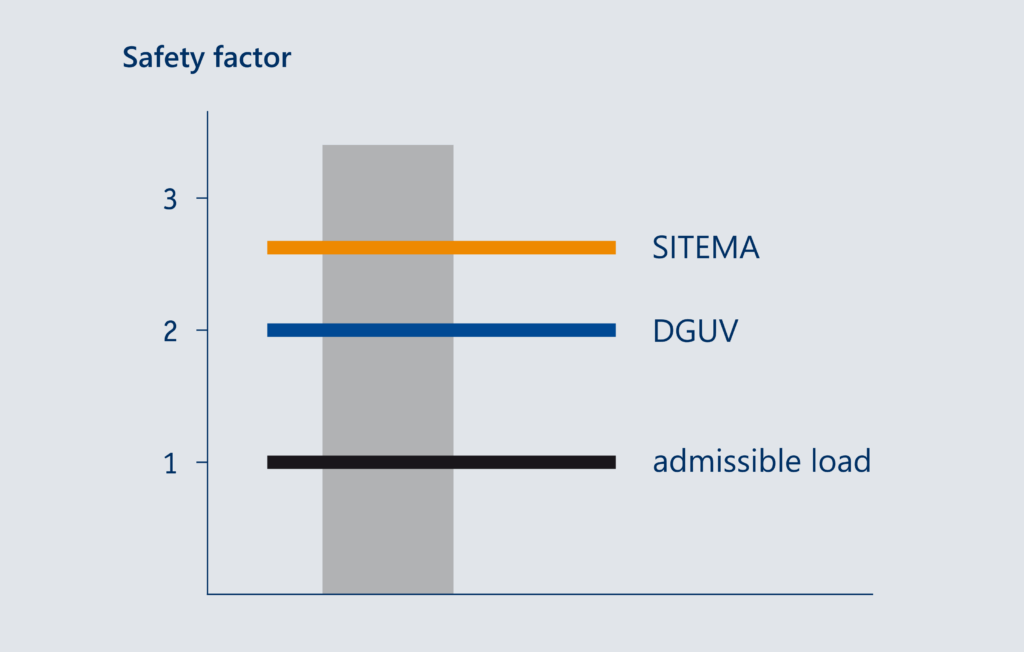

Rescuing persons
Just as in many machines incorporating linear brakes, many clamping Units are held open by hydraulic or pneumatic pressure. If the pressure should drop in such a system, the clamping will be closed. If this occurs due to a malfunction, it will be possible to move the supported load only against the full holding force in case of spring-actuated clamping units without SiForce Technology. This is often not possible.
With a clamping head featuring SiForce Technology, by contrast, the axis can always be moved opposite to the load direction, even in the depressurized (i.e., closed) state. This permits faster and easier access to trapped persons, which can save lives.
Functional principle
A self-intensifying clamping system does not use spring force; it instead uses energy of a descending mass to hold it. In horizontal applications, it uses the drive force to be secured. The SiForce Clamping Head is held open by hydraulic or pneumatic pressure. It is depressurized to open the clamping.
A load is secured in normal operation by the machine’s drive stopping it and the clamping head additionally securing it.
To secure the load, the clamping system initially only contacts the rod without generating a holding force. The load is already secured in this state, which is indicated to the clamping head by a corresponding signal. The clamping can be released again simply by pressurizing it.
Superior holding force.
If the service brake or drive should fail, i.e., if the load should descend while the clamping system is in contact, the clamping system will contract and apply a very high holding force through self-intensification. The higher the axial force, the stronger the clamping and therefore the higher the holding force will be.
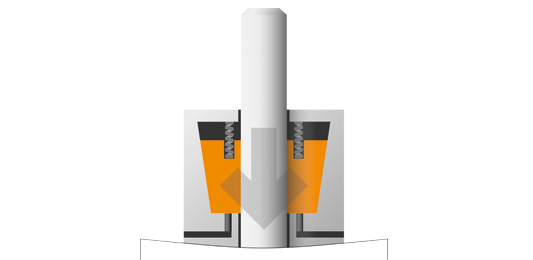
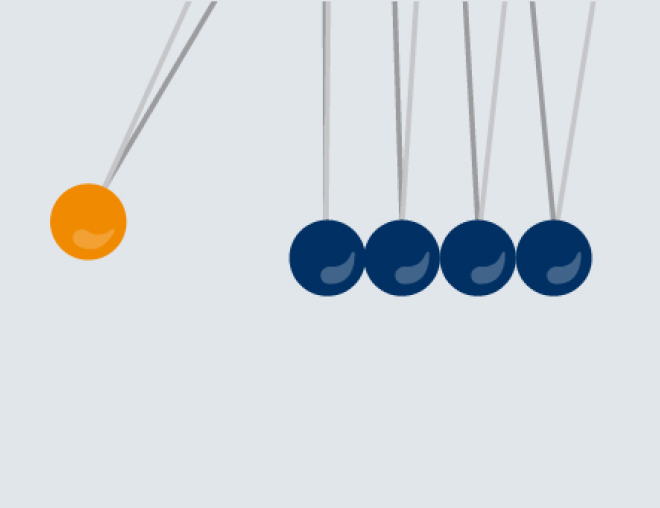
Absolutely failure proof
A spring-actuated linear brake without SiForce Technology could always open under load in case of a malfunction or improper operation. With SiForce Technology, it must always be guaranteed that the load is securely transferred elsewhere first. The clamping must then (and only then) be relieved after load transfer before it can be opened. You can generally relieve the clamping, i.e., raise the load, only if something else, such as the machine’s intact drive, assumes the load. SiForce Technology therefore automatically ensures that it is safe to release the clamping, because the load must be secured by other means for this purpose. It’s good to know that as long as the clamping head with SiForce Technology has “only” secured the load but has not taken it on yet, it can be opened simply by pressurizing it as with a spring-actuated linear brake.
No “reversing/retracting” necessary
It is a widespread myth in the industry that self-intensifying clamping Systems must always be “reversed” or “retracted”. This claim is unfounded. “Reversing/ retracting” is neither necessary, nor can protection against unintentional release be regarded as a disadvantage in a safety analysis.
Therefore, when using a linear brake, always look for the SiForce logo to ensure optimal protection for your installation operators.


